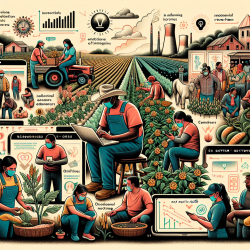Improving Blood Safety: Insights from a Decade of Data
As practitioners dedicated to improving health outcomes, understanding the prevalence and trends of transfusion-transmissible infections (TTIs) is crucial. A comprehensive study conducted between 2000 and 2010 across four Chinese regional blood centers provides valuable insights into the prevalence of HIV, HBV, HCV, and syphilis among blood donors. This research is pivotal for practitioners who aim to enhance blood safety and manage TTIs effectively.
Key Findings and Implications
The study analyzed 4,366,283 blood donations, revealing the following prevalence rates:
- HIV: 0.08%
- HBsAg (Hepatitis B): 0.86%
- HCV (Hepatitis C): 0.51%
- Syphilis: 0.47%
These figures highlight a significant reduction in the prevalence of HBV and HCV, reflecting the effectiveness of screening and vaccination programs. However, the data also indicate varying trends in HIV and syphilis prevalence across different regions, necessitating tailored interventions.
Strategies for Practitioners
Practitioners can leverage these findings to implement targeted strategies:
- Enhanced Screening: Regular and comprehensive screening for TTIs can help identify and mitigate risks effectively.
- Education and Awareness: Educating donors about the importance of safe donation practices can reduce the prevalence of TTIs.
- Policy Advocacy: Advocate for policies that support the implementation of nucleic acid testing (NAT) to further reduce the risk of TTIs.
Encouraging Further Research
While this study provides a robust dataset, there is a need for ongoing research to monitor trends and improve blood safety. Practitioners are encouraged to collaborate with research institutions to gather more data and refine screening methods.
For those interested in delving deeper into the study, the original research paper provides detailed insights and can be accessed here: Prevalence and prevalence trends of transfusion transmissible infections among blood donors at four Chinese regional blood centers between 2000 and 2010.










